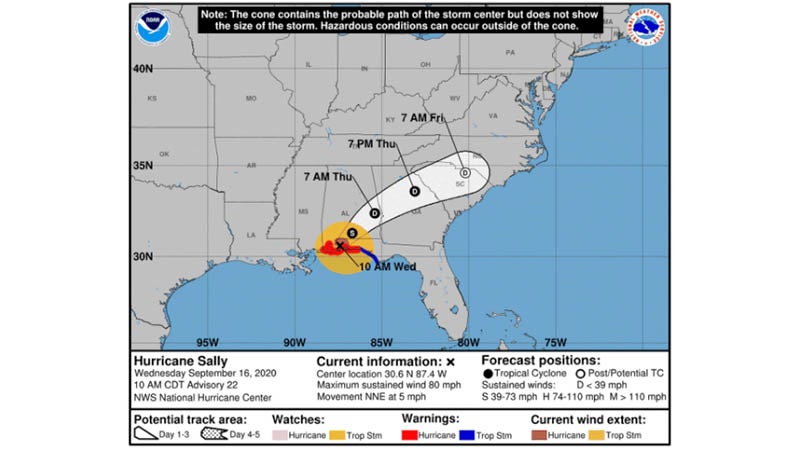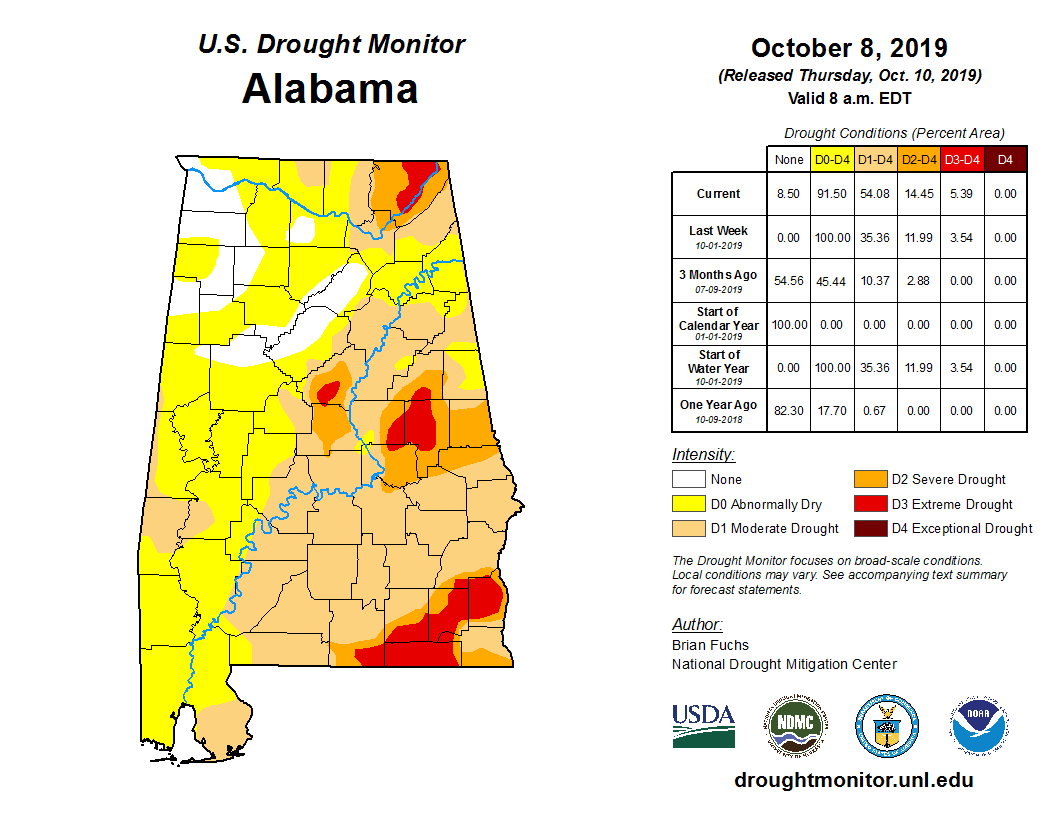Teen pregnancy rate down in county
Published 12:05 am Friday, May 15, 2015
Rate dropped from 41.7 to 26.0h3>
Covington County’s teen pregnancy rate has dropped considerably, according to the most recent information available through the Alabama Campaign to Prevent Teen Pregnancy.
In April 2014, Christina Clark of the organization presented numbers to the Children’s Policy Council that showed the county was ranked fourth in the state for teen pregnancies. Those numbers were from 2012, which was the most recent date released at the time, and showed that the county boasted at 41.7 per 1,000 teen pregnancy rate, with 93 teen pregnancies.
The 2013 numbers show the county’s rate dropped to 26.0. The number of teen births was 46.
The teen pregnancy rate encompasses births to girls age 10-19.
The teen birth rate for 2013 was 21, down from 33.6 in 2012.
“Focusing on teen pregnancies is something that our communities need be concerned with nowadays when looking at the pregnancy rates for Covington County teens,” said Children’s Policy Council Director Susan Short. “This is a conversation for parents to have with not only their daughters, but their sons as well, and certainly, the conversation needs to start before the end of fifth grade. Kids today know so much more and at earlier ages than before, due to the availability of Internet and the current climate of television programs.”
The 2013 Youth Risk Behavior Study found that nearly half of Alabama teens have had sexual intercourse in their live;s a fifth of Alabama teens have had four or more sexual partners in their lifetimes; and almost half did not use a condom during their last sexual intercourse.
Each year, the state spends $167 million on teen child bearing, with costs associated with public health, increased risk of participation in child welfare, and for those who have reached adolescence or youth adulthood, there is an increased risk of incarceration and lost tax revenue due to decreased earnings and spending.
Some 61 percent of adults believe more efforts to prevent teen pregnancy are needed in their community.
“All of the good news about teen pregnancy raises an important question: Is the progress in preventing too-early pregnancy and parenthood sufficiently deep and widespread that The National Campaign and other committed to preventing teen pregnancy should declare victory and go home?,” said Sarah Brown, CEO of the National Campaign to Prevent Teen and Unplanned Pregnancy. “For most Americans, the answer is a resounding, ‘No.’ Adults nationwide realize that progress should not be confused with victory.”
Nationally, teen pregnancy is down and the number of teens who engage in premarital sex is also down. In fact, more than half reported not having sexual intercourse at all.
In the 12 years from 2000-2012, the rate for teen births decreased from 48 per 1,000 teens to 29 per 1,000 teens.
Locally, Sav-A-Life has implemented a new curriculum for its abstinence program.
A new program director was hired as well.
“We have a program called ‘Choosing the Best,’” said director Terri Leigh Armstrong. “It has two parts – one for junior high and one for high school.”
On the high school level, Armstrong said, it walks students through making all kinds of choices.
“It talks about goal setting, relationships, character building and how to obtain goals,” she said.
Armstrong said they promote abstinence by reiterating that it’s the only sure-fire method to not become pregnant or contract a sexually transmitted disease.
However, the program does discuss other methods of contraception.
“It’s an eight-lesson program,” she said. “But I break it up depending on the teacher’s needs and requests.”
So far, Armstrong said she’s taught the new program at Andalusia High School and at Pleasant Home School.
“I’m hoping we can get into some of the other schools,” she said. “The new program is a little more modern and it allows for more freedom. I use statistical facts, too.”
Armstrong said the curriculum has proven to be eye opening for some of the students.
“It really forces students to understand that the decisions we make today affects us tomorrow,” she said.
Short said that when teens have babies out of wedlock, it usually begins a pattern and they go on and have additional children out of wedlock, even at an older age.
“Most teen single mothers face challenges relating to poverty and rarely receive any support from their child’s father,” she said. “Teen mothers are less likely to finish high school and more likely to struggle with higher rates of poverty. Even the children of teen mothers face greater problems, like being born prematurely at a low birth weight and have other problems later like doing poorly in schools as well as facing higher rates of abuse and neglect.”
Sav-A-Life Director Hannah Cross said the organization doesn’t see a lot of younger teens come through their doors, but they do see 18-19-year-olds.
“We don’t have as many high school teen moms,” she said.
Opp City Schools Superintendent Michael Smithart said they typically utilize the Sav-A-Life program for their seventh graders.
In Covington County Schools, students in family and consumer science classes at Pleasant Home and Florala take home special babies to help them understand the work that goes into being a parent.




